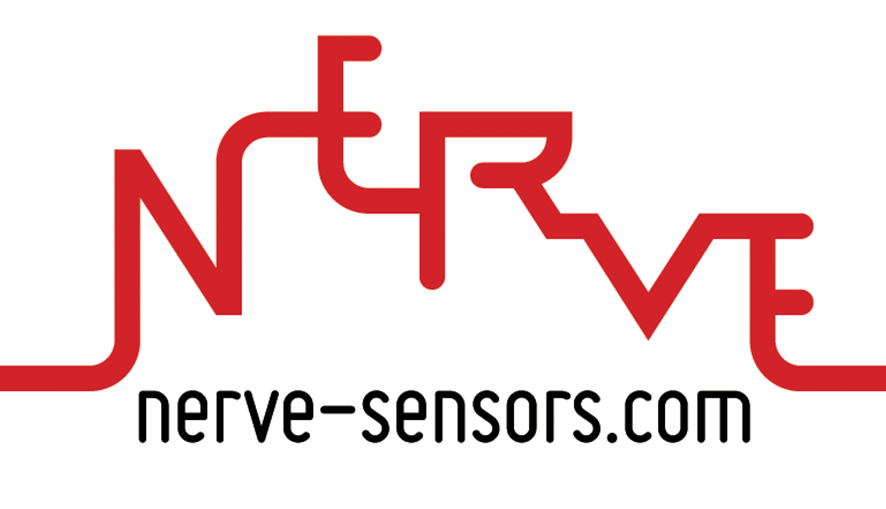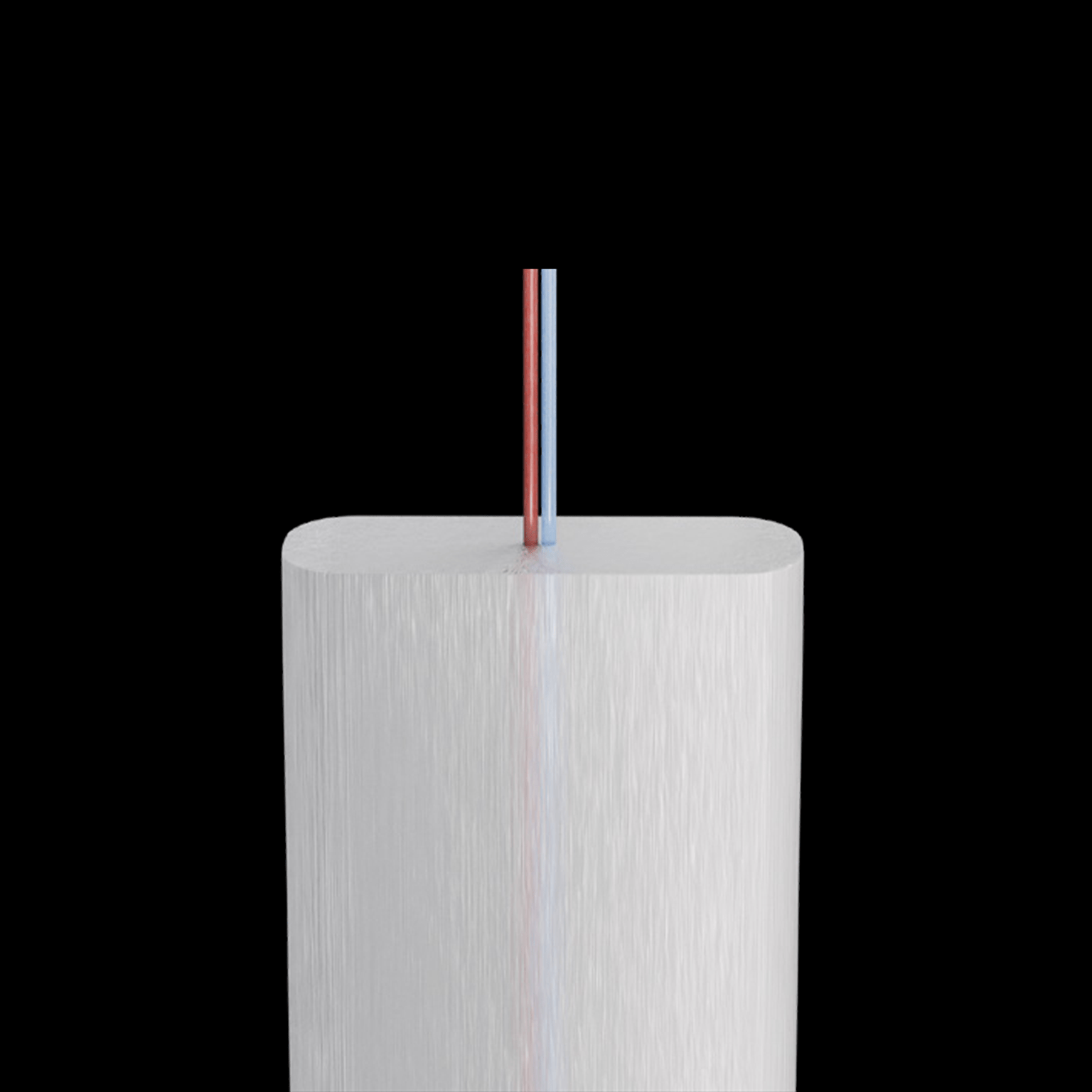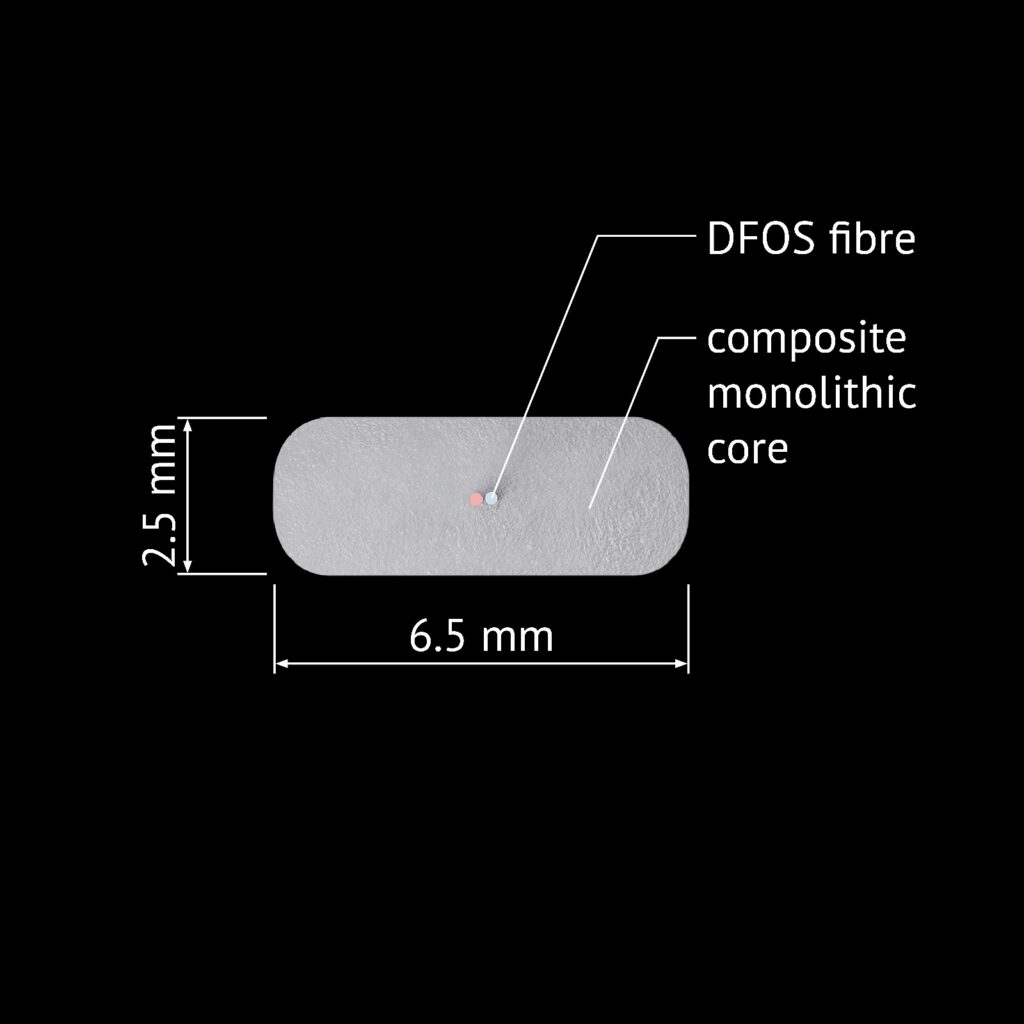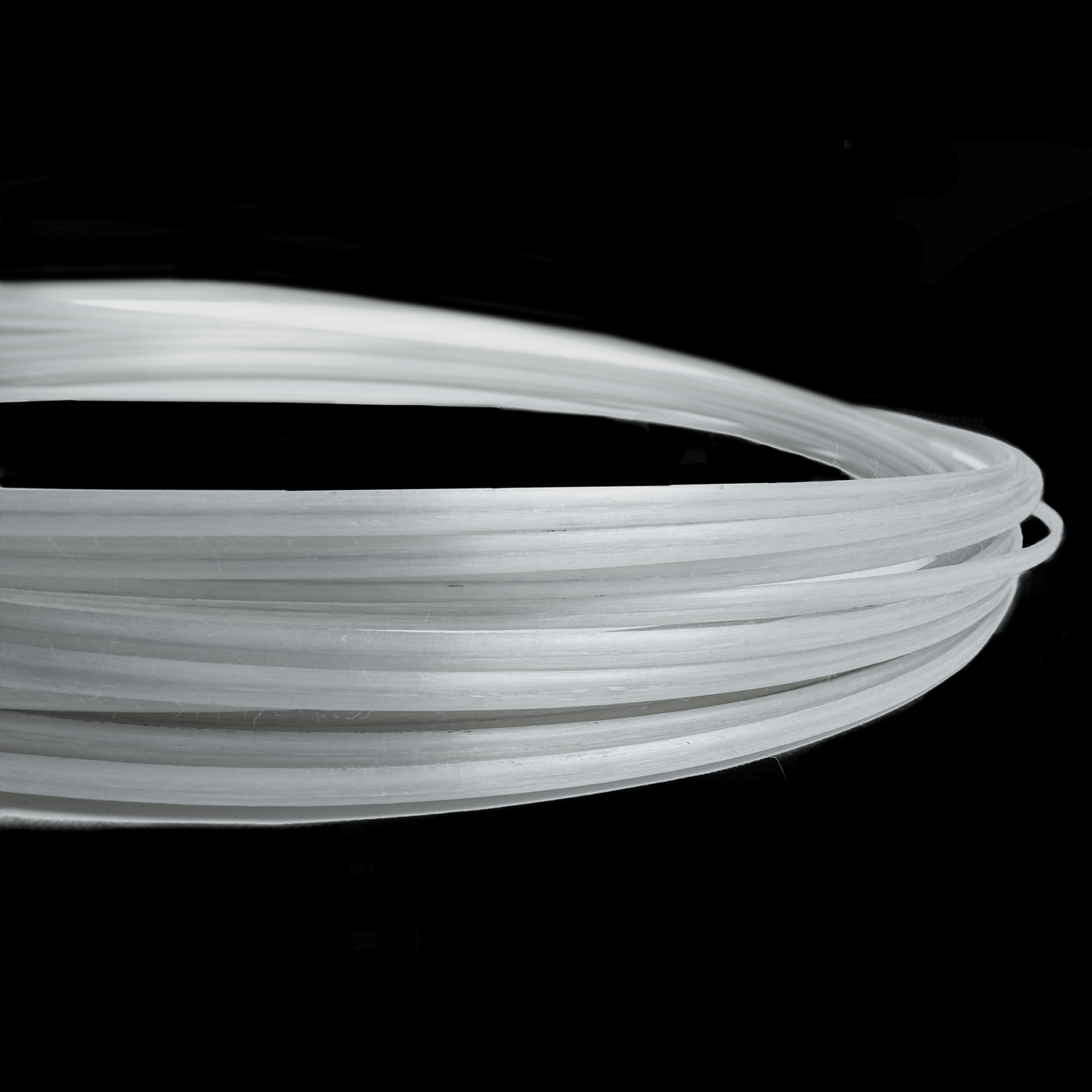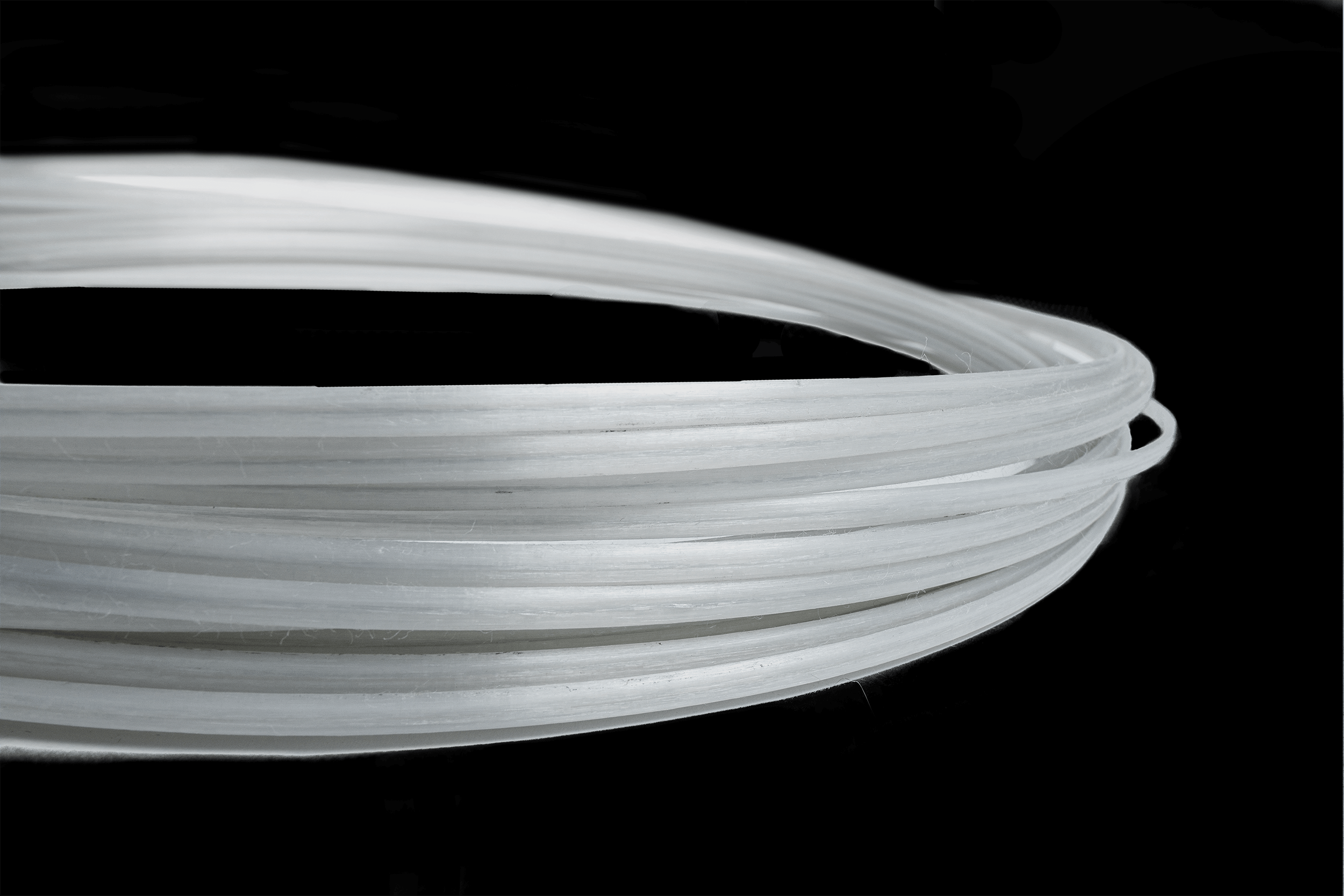
EpsilonFlat
DFOS sensor with a monolithic flat core for surface strain measurements.
Manufactured from the same material as the flagship EpsilonSensor, EpsilonFlat retains its excellent strain range of up to 4% and low stiffness (E = 3 GPa) without reinforcing the structure being monitored. As a result, it provides accurate and precise strain readings over its entire length, enabling detection of surface damage and cracks. The main change over the traditional EpsilonSensor is the use of a flat rectangular section (instead of circular) and the removal of the outer braid.
Manufactured from the same material as the flagship EpsilonSensor, EpsilonFlat retains its excellent strain range of up to 4% and low stiffness (E = 3 GPa) without reinforcing the structure being monitored. As a result, it provides accurate and precise strain readings over its entire length, enabling detection of surface damage and cracks. The main change over the traditional EpsilonSensor is the use of a flat rectangular section (instead of circular) and the removal of the outer braid.
This increases the adhesive surface area and make the installation process more convenient (especially for straight sections).
EpsilonFlat is a perfect solution for both laboratory and in-situ applications where it can be applied to the surface of steel, concrete, composite or other structural components. It can be used to monitor existing and ageing infrastructure, providing reliable data on its performance, strain state and safety.
EpsilonFlat is a perfect solution for both laboratory and in-situ applications where it can be applied to the surface of steel, concrete, composite or other structural components. It can be used to monitor existing and ageing infrastructure, providing reliable data on its performance, strain state and safety.
EpsilonFlat Advantages
Physical Quantities Measured

DSS
Strain and crack
Strain and crack

DTS
Temperature
Temperature

DAS
Vibrations (strain rate)
Vibrations (strain rate)
Typical Materials
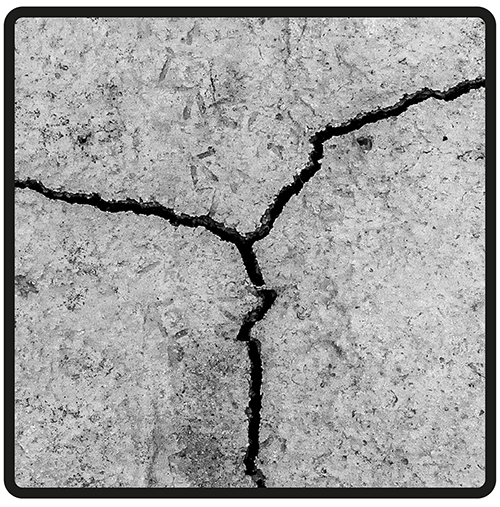
Concrete

Steel
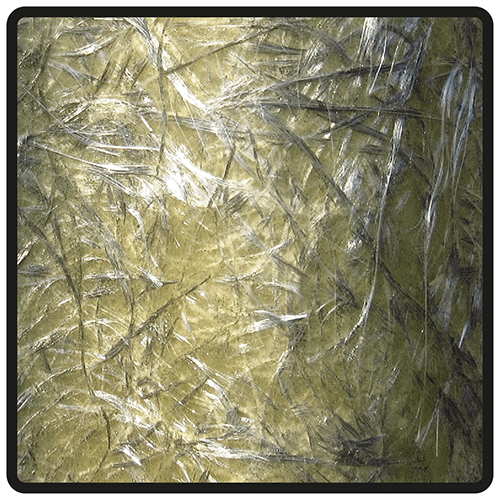
Composite
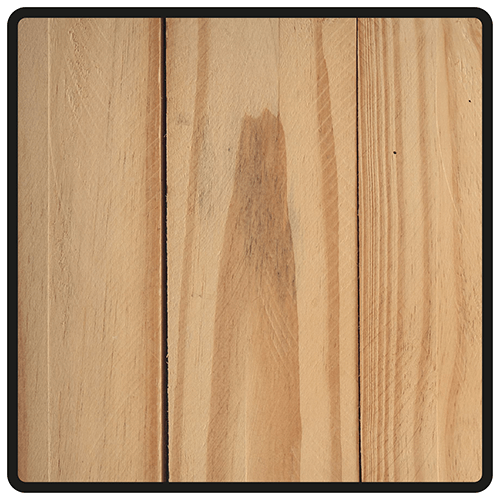
Timber
EpsilonFlat Application Areas
Structures | Bridges | Piles | Slurry walls | Roads | Dams | Embankments | Pipelines | Tunnels | Railways | Earthworks | Geotechnics | Landslides | Minings | Laboratories… and more

EpsilonFlats installed along the rail with automatic machine
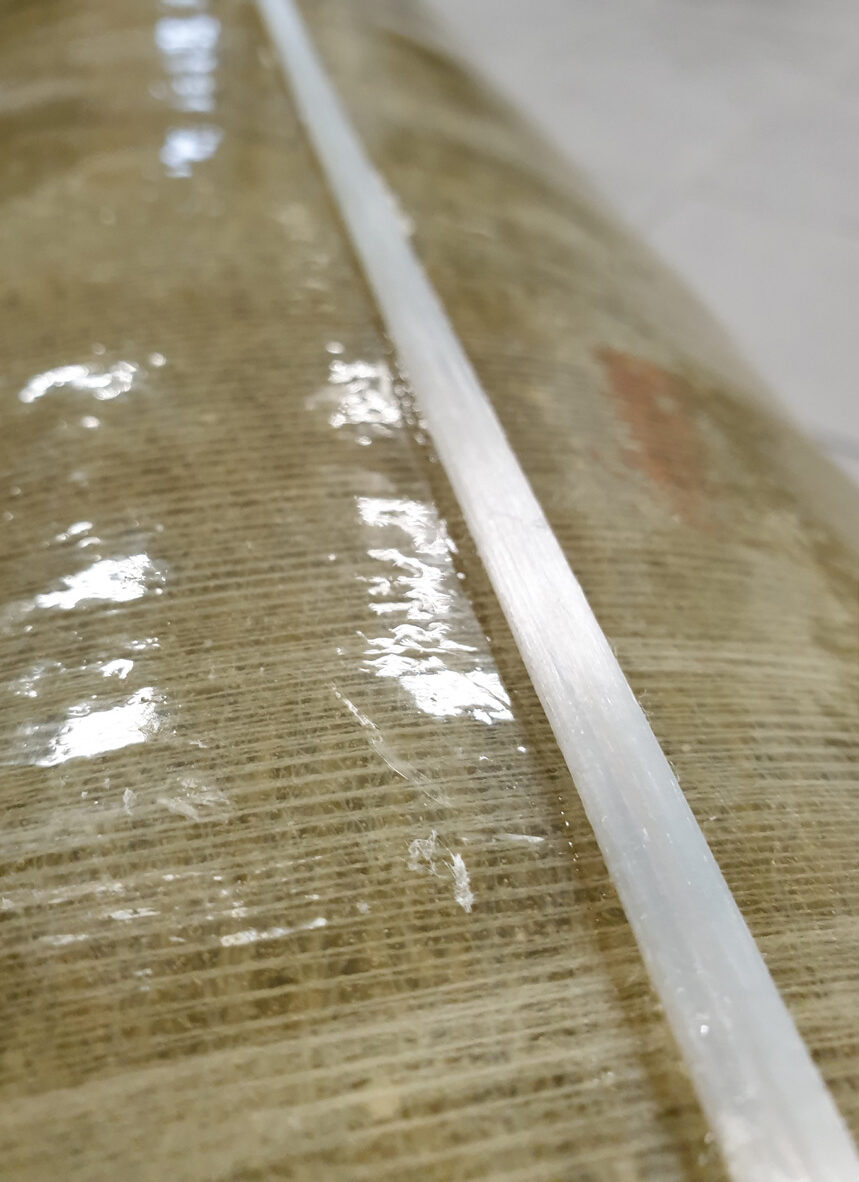
EpsilonFlat before gluing to the composite surface
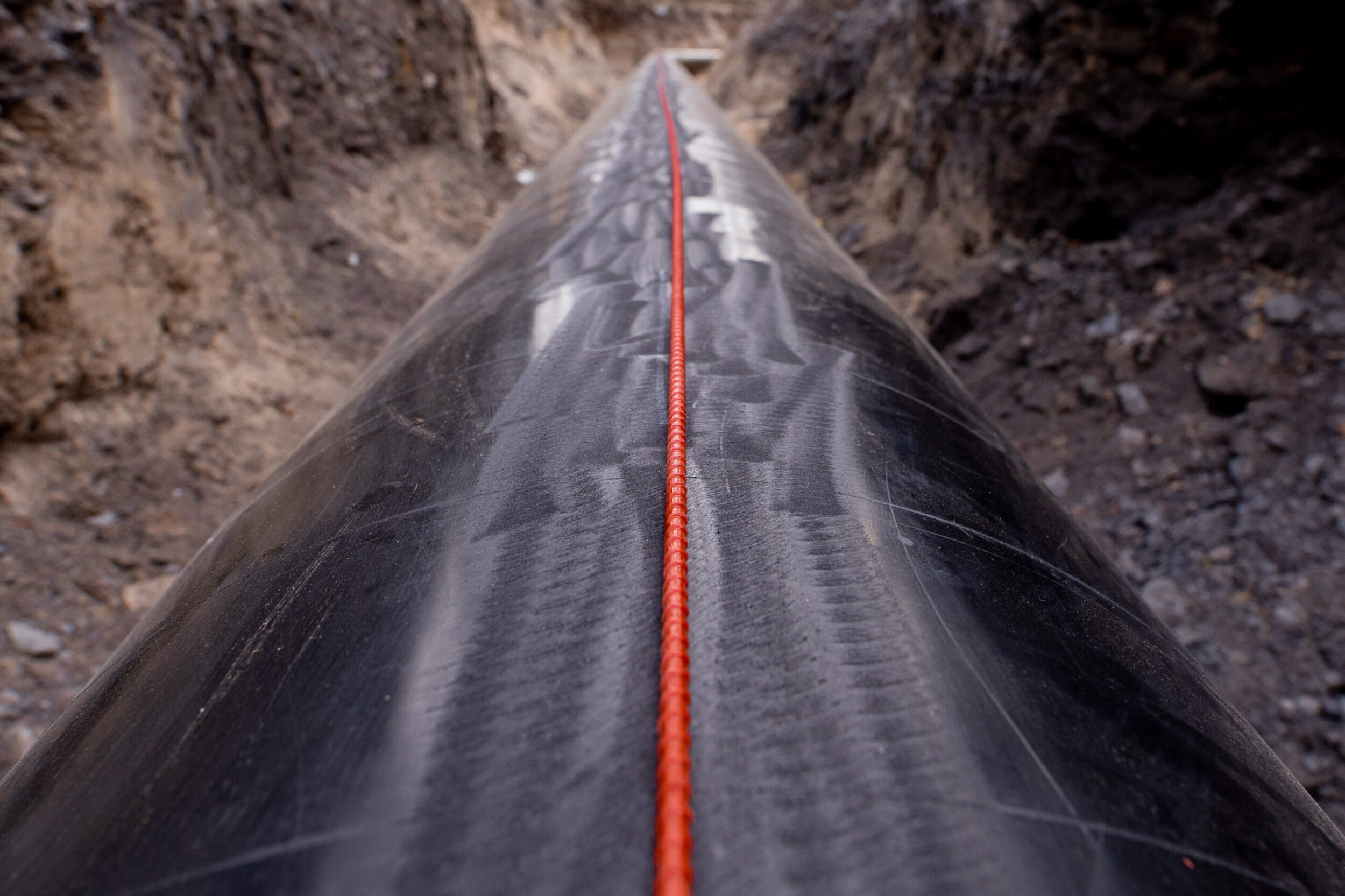
Application of EpsilonRebar on a steel gas pipeline
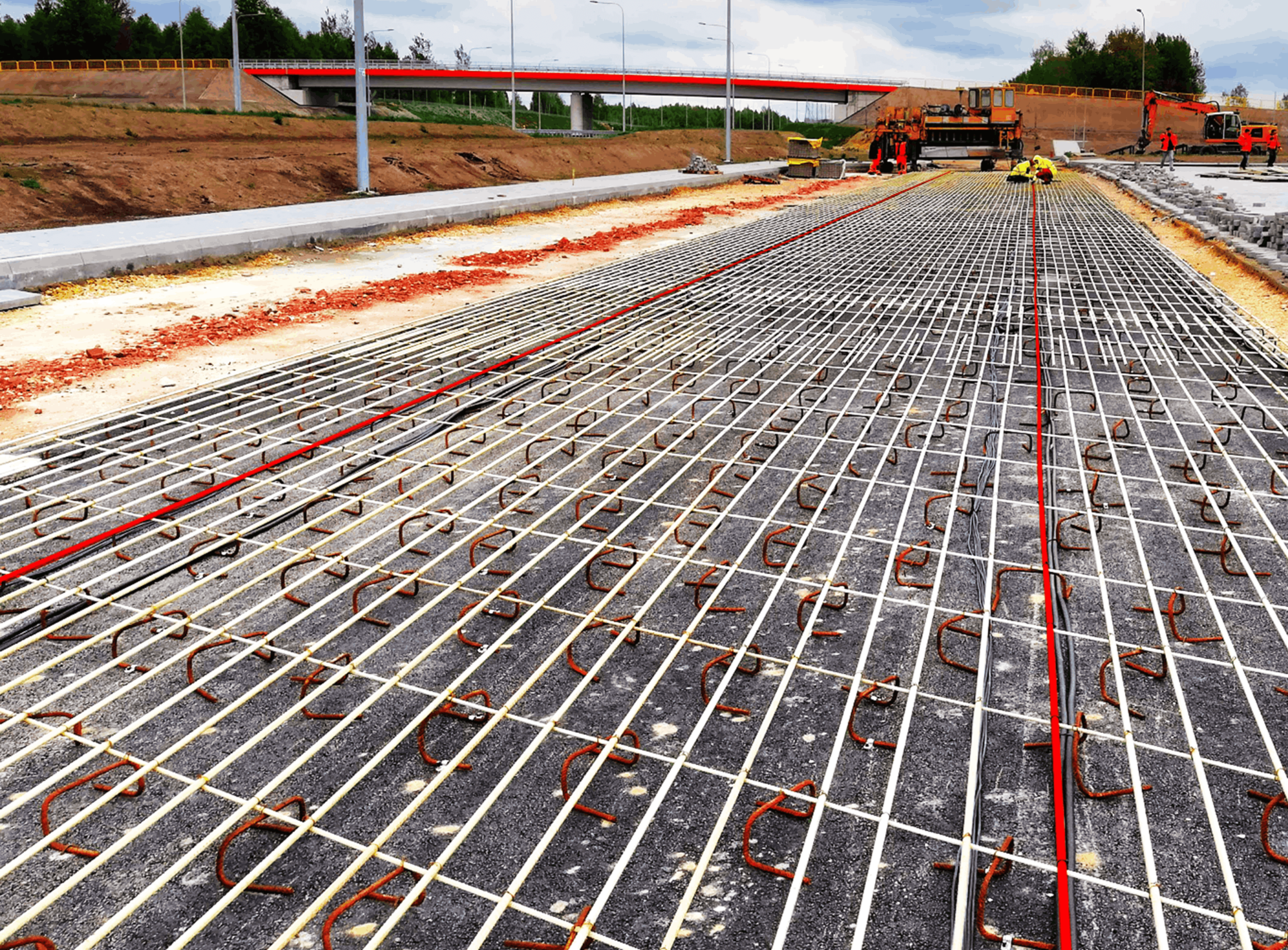
Application of EpsilonRebar in a smart concrete highway
EpsilonFlat Technical Specifications
Strain resolution
1 μɛ
Strain range – both in compression and tension
±4%
Elastic modulus
3 GPa
Sensor diameter1
6.5 x 2.5 mm
Bending radius
100 mm
Sensor weight
30 kg/km
Unidirectional outer braid
no
Operating temperature2
-20 to +80°C
Core material
PLFRP (polyester fibers + epoxide)
Scattering compatibility
Rayleigh, Brillouin, Raman
Number of sensing fibres3
2
Type of the fibre4
single-mode SMF 9/125
Attenuation5
< 0.3 dB/km
Sensor length6
up to 2 km
1 Standard (other diameters available on request)
² Standard (extended temperature range available on request)
3 Standard (more fibres available on request)
4 Standard (other fibres available on request)
5 At 1550 nm wavelenght
6 Sensors can be connected in series
² Standard (extended temperature range available on request)
3 Standard (more fibres available on request)
4 Standard (other fibres available on request)
5 At 1550 nm wavelenght
6 Sensors can be connected in series
EpsilonFlat Installation
Each installation should be designed individually, taking into account specific requirements and local conditions.
However, a typical installation involves appropriate surface preparation (by sanding, cleaning and degreasing), stabilisation of the sensor in the projected position and application of a suitable adhesive (glue).
It is also important to select an appropriate adhesive depending on the material of the surface to be tested. Sometimes it may be necessary to apply additional protective covers (e.g. to prevent direct sunlight).
It is also important to select an appropriate adhesive depending on the material of the surface to be tested. Sometimes it may be necessary to apply additional protective covers (e.g. to prevent direct sunlight).
2. Installation in near-to-surface grooves for existing structures. This method requires the preparation of the surface by cutting a grove, the size of which depends on the sensor diameter. It is then filled with a chemical anchor just before mounting the sensor. This method offers similar advantages to embedding.
3. Bonding directly to the sanded, cleaned and degreased structural surface. This approach is relatively simple, but has several drawbacks in terms of durability, resistance and sensitivity to external conditions. It can therefore only be used for short-term measurements with stable thermal conditions. It is also important to choose a suitable adhesive.
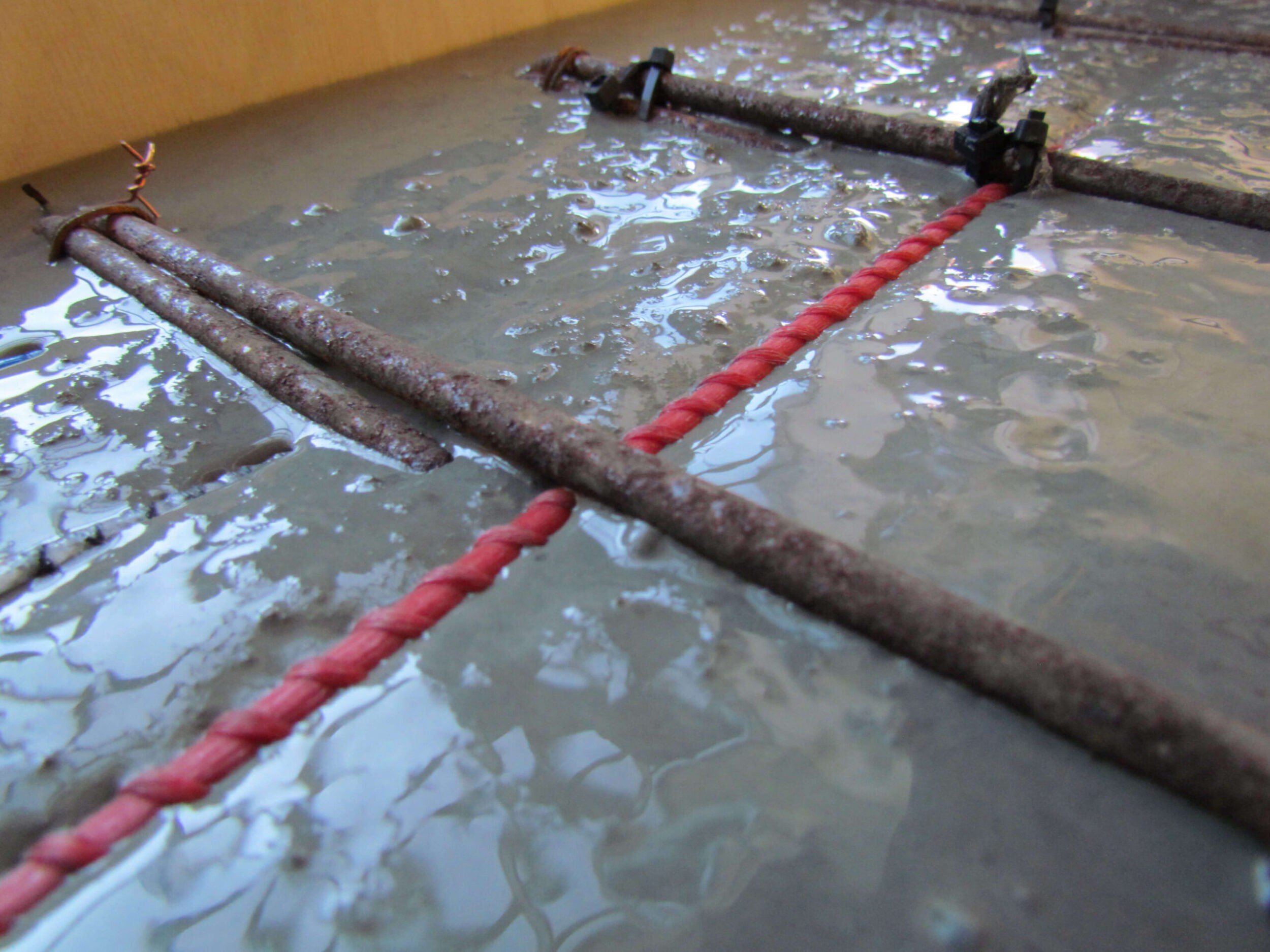
Embedding inside new structures (concrete or soil)
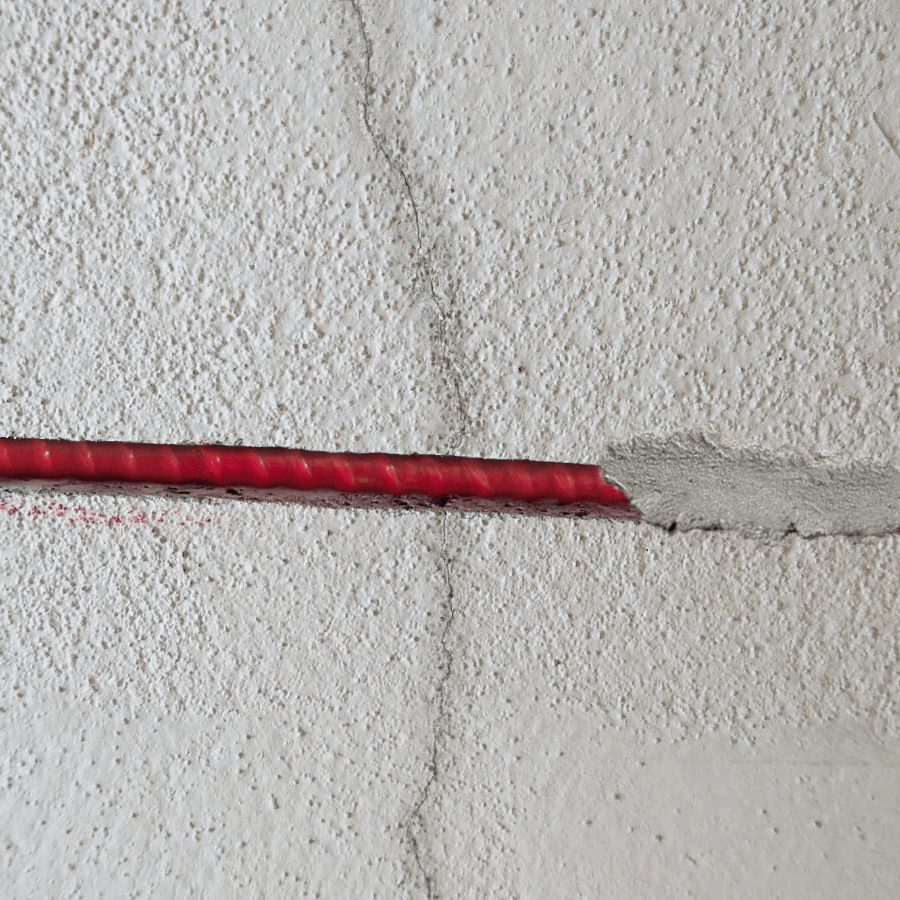
Installation in near-to-surface grooves for existing structures
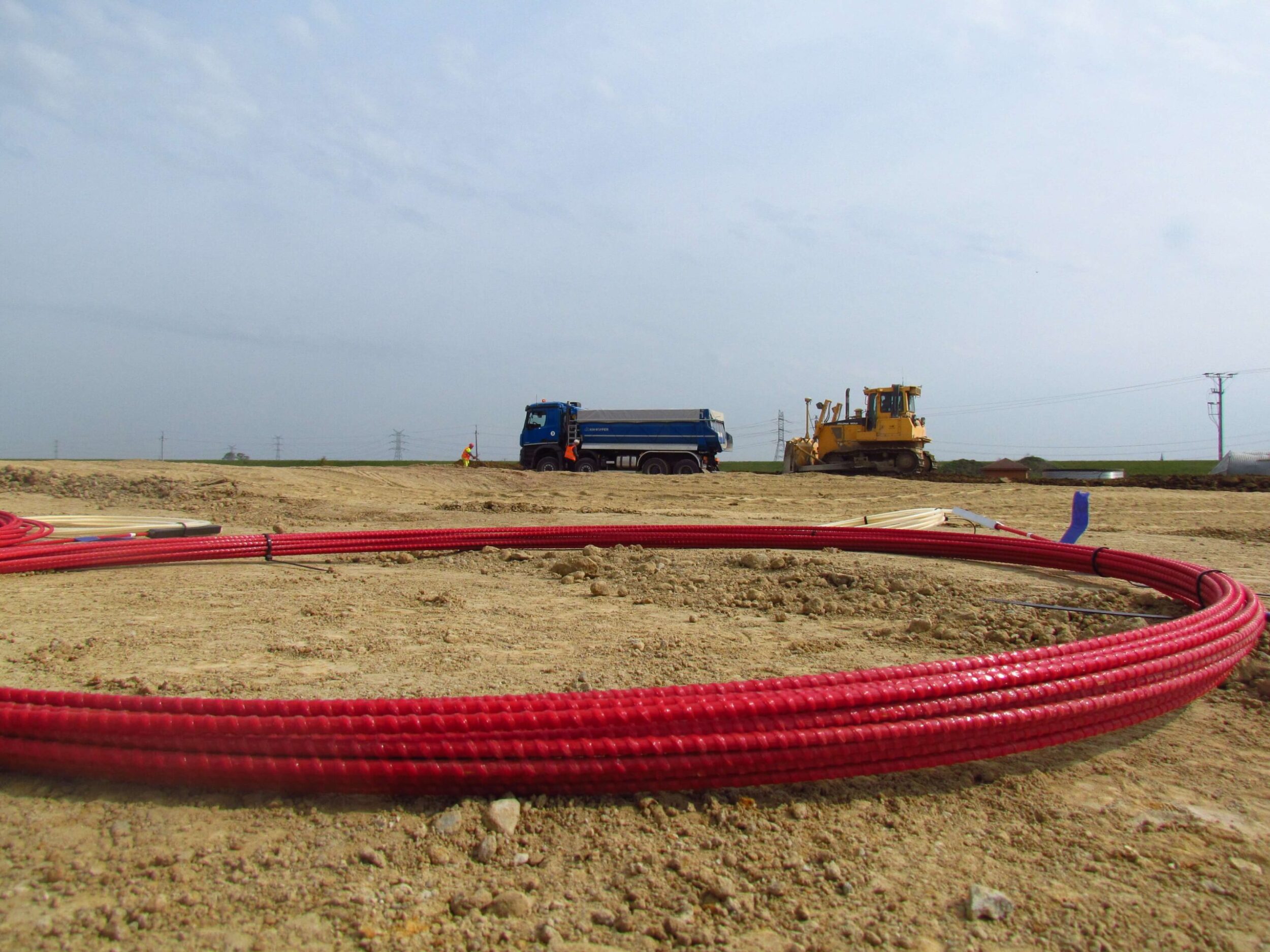
Embedding inside the soil structure
2. Installation in near-to-surface grooves for existing structures. This method requires the preparation of the surface by cutting a grove, the size of which depends on the sensor diameter. It is then filled with a chemical anchor just before mounting the sensor. This method offers similar advantages to embedding.
3. Bonding directly to the sanded, cleaned and degreased structural surface. This approach is relatively simple, but has several drawbacks in terms of durability, resistance and sensitivity to external conditions. It can therefore only be used for short-term measurements with stable thermal conditions. It is also important to choose a suitable adhesive.

Embedding inside new structures (concrete or soil)

Installation in near-to-surface grooves for existing structures

Embedding inside the soil structure

EpsilonFlat FAQ
What is the difference between the EpsilonSensor and EpsilonFlat?
When do you recommend using EpsilonFlat?
